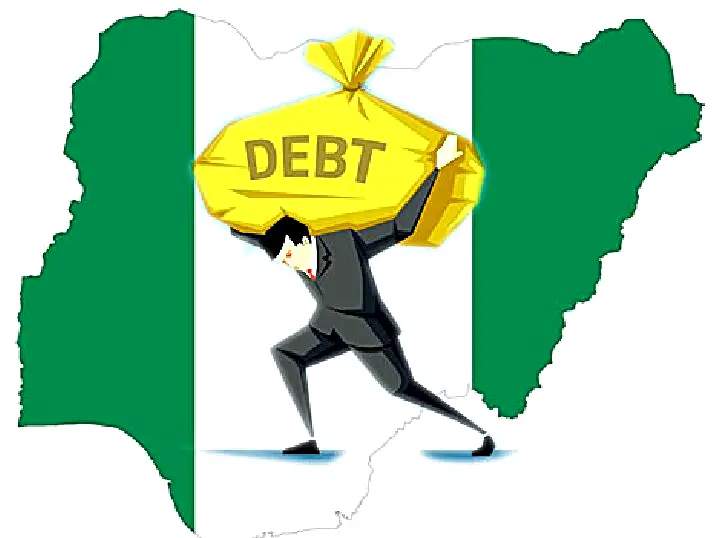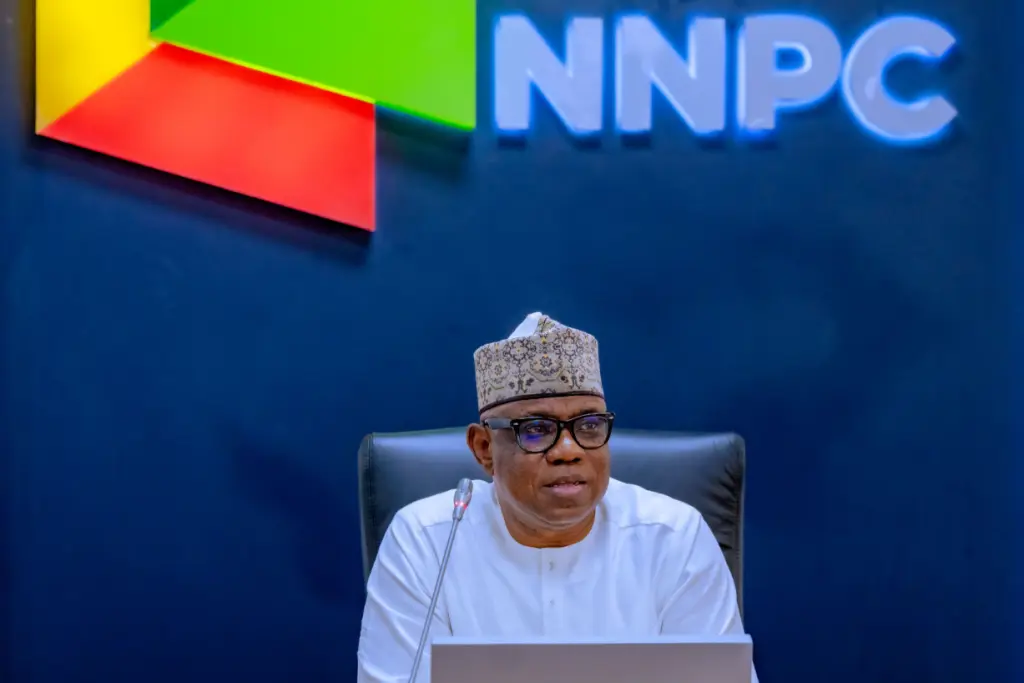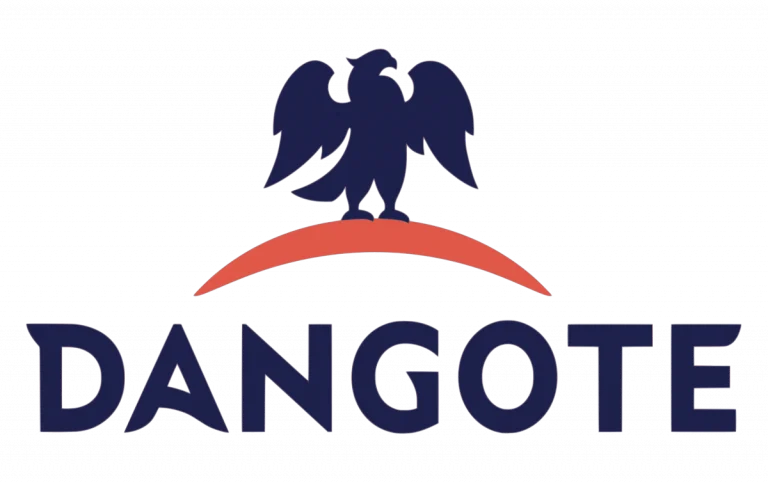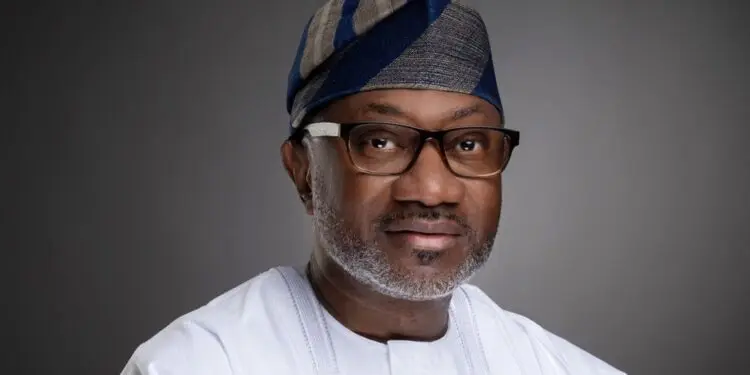Business
Nigeria’s Borrowing From World Bank Hits $14.34bn In Q1 – Report

Nigeria’s borrowing from the World Bank has reached $14.34bn as of March 31, 2023.
This was an increase from the $13.93bn debt recorded by the Debt Management Office as of December 31, 2022.
This means that fresh disbursements on approved loans added $410m to Nigeria’s debt from the World Bank in the first quarter of 2023.
The IBRD lends to governments of middle-income and creditworthy low-income countries, while the IDA provides concessionary loans – called credits – and grants to governments of the poorest countries.
The data obtained from the Washington-based bank showed that Nigeria had a debt of $488.66m from IBRD and $13.85bn from IDA as of March 31, 2023.
READ ALSO: DMO Defends $13bn Indebtedness To World Bank
It was observed that the first World Bank loan was acquired in the fiscal year of 1947, according to data from the World Bank.
Since that period, Nigeria has acquired a total of $7.49bn from IBRD and $26.17bn from IDA.
This means that a total of $33.66bn has been borrowed from the World Bank since 1947.
It was also observed that about $7.29bn had been repaid on the loans, with $7.86bn yet to be disbursed by the bank.
The data also showed that about $3.28bn approved loans were further cancelled.
READ ALSO: Nigeria Serviced Debt With 96% Of Its Revenue In 2022 – World Bank
The DMO recently defended the debt from the World Bank.
The PUNCH recently reported that Nigeria’s borrowing from the World Bank rose by 121.46 per cent under the regime of the President, Major General Muhammadu Buhari (retd.).
It was learnt that the total debt owed to the World Bank Group by Nigeria rose by $7.64bn.
The DMO, in a statement, noted that the borrowing from the World Bank’s IDA was a positive development for Nigeria.
The statement read in part, “Positive development in the sense that IDA Loans are concessional, that is, they attract low charges and are for very long tenors in some cases, exceeding 30 years. These are the types of Loans required to fund development in countries such as Nigeria.
READ ALSO: National Debt Grew By N3.2tn in Six-month—Buhari
“By accessing IDA funding, the Government is actively reducing debt service costs, since non-concessional funding is usually more expensive and for shorter tenors. Indeed, it will be inefficient for Nigeria to borrow from commercial sources when concessional funding sources such as IDA is available.”
The DMO said that it is a plus that Nigeria qualifies for such loans.
It added that borrowing from the IDA aligns with Nigeria’s Medium-Term Debt Management Strategy (2020-2023), which requires the country to “maximize funds available to Nigeria from Multilateral and Bilateral sources in order to access cheaper and long-tenored funds.”
Business
NNPCL Announces Restoration Of Escravos-Lagos Pipeline

The Nigerian National Petroleum Company Limited (NNPCL) has announced the complete restoration of the Escravos-Lagos Pipeline System (ELPS) in Warri, Delta State, following the recent explosion on the asset.
The chief corporate communications officer (CCCO) of the nation’s oil company, Andy Odeh, in a statement, said that the pipeline is fully operational, reiterating the company’s resilience and commitment to energy security.
“NNPC Limited is pleased to announce the successful restoration of the Escravos-Lagos Pipeline System (ELPS) in Warri, Delta State.
READ ALSO:Fuel Price Cut: NNPCL GCEO Ojulari Reveals Biggest Beneficiaries
“Following the unexpected explosion on December 10, 2025, we immediately activated our emergency response, deployed coordinated containment measures, and worked tirelessly with multidisciplinary teams to ensure the damaged section was repaired, pressure-tested, and safely recommissioned.
“Today, the pipeline is fully operational, reaffirming our resilience and commitment to energy security. This achievement was made possible through the unwavering support of our host communities, the guidance of regulators, the vigilance of security agencies, and the dedication of our partners and staff.
“Together, we turned a challenging moment into a success story, restoring operations in record time while upholding the highest standards of safety and environmental stewardship.
“As we move forward, NNPC Limited remains steadfast in its pledge to protect our environment, safeguard our communities, and maintain the integrity and reliability of our assets. Thank you for your trust as we continue to power progress for Nigeria and beyond,” the statement read.
Business
Dangote Unveils 10-day Credit Facility For Petrol Station Owners

The Dangote Group has announced a 10-day credit facility backed by a bank guarantee for petrol station owners and dealers, alongside free direct delivery and other incentives, as part of a new supply arrangement.
The company disclosed this in a statement posted on its official X handle on Tuesday, inviting petrol station operators across the country to register to benefit from the offer.
According to the statement, participating dealers will enjoy “a 10-day credit facility backed by a bank guarantee,” with a minimum order requirement of 5,000 litres.
“Our free direct delivery service will commence soon,” the group said, adding that the offer is open to “all petrol station owners and dealers.”
READ ALSO:Dangote Sugar Announces South New CEO
The Dangote Group further called on operators to register their stations to access the supply arrangement.
“Register your petrol stations today to benefit from our competitive gantry price,” the statement read.
The company also disclosed that petrol supplied under the arrangement will be sold at a gantry price of ₦699 per litre.
For enquiries, the group provided the following contact numbers: 0802-347-0470, 0809-324-7070, 0809-324-7071 and 0203.
READ ALSO:Dangote Refinery Dispute: PENGASSAN Suspends Strike After FG Intervention
The announcement follows a recent petrol price adjustment by the Dangote Petroleum Refinery.
The PUNCH earlier reported that the refinery reduced its ex-depot petrol price from ₦828 to ₦699 per litre, representing a ₦129 cut or a 15.58 per cent reduction.
An official of the refinery, who spoke to PUNCH Online on condition of anonymity, confirmed the adjustment, saying, “The refinery has reduced petrol gantry price to ₦699 per litre.”
The new price reportedly took effect on December 11, 2025, marking the 20th petrol price adjustment announced by the refinery this year.
Business
JUST IN: Otedola Sells Shares In Geregu Power For N1trn

Billionaire businessman, Femi Otedola, has sold his majority stake in Geregu Power Plc for N1.088 trillion in a deal financed by a consortium of banks led by Zenith Bank Plc.
The Nigerian Exchange, NGX, made this announcement on Monday.
Otedola’s Amperion Power Distribution Company Ltd reportedly held nearly 80 percent of the power generating company.
READ ALSO:N200b Agric Credit Dispute: Appeal Court Slams NAIC, Upholds First Bank Victory
With this new development, Otedola, Chairman of First Holdco Ltd, parent company of First Bank of Nigeria Plc, will reportedly now concentrate on expanding his interest in the Nigerian banking sector, although he still retains some shares in Geregu.
Otedola is said to currently own 17.01 percent of First Bank — its single largest shareholder since the bank was established in 1894.

 Headline5 days ago
Headline5 days agoJUST IN: US Forces Bomb Terrorists Camps In Nigeria

 Headline5 days ago
Headline5 days agoUS Dept Of War Shares Video Of Air Strikes In Nigeria

 News4 days ago
News4 days agoPHOTOS: SGF George Akume Weds Ooni’s Ex-Queen

 News2 days ago
News2 days agoEx-Edo Gov Obaseki Reacts As His Cousin Is Beaten, Stripped

 News1 day ago
News1 day agoBREAKING: Anthony Joshua Involved In Road Accident

 News5 days ago
News5 days agoShehu Sani Reacts To Trump’s Military Strikes In Nigeria

 News5 days ago
News5 days agoTrump’s Airstrikes: Halt Military Cooperation With US Immediately – Sheikh Gumi Tells Tinubu Govt

 Headline5 days ago
Headline5 days agoU.S. Lawmaker Reacts To Nigeria, U.S. Airstrikes

 Metro2 days ago
Metro2 days agoObaseki Beaten, Stripped In Edo

 Politics1 day ago
Politics1 day agoYou’re Not 001 – Wike Rubbishes Claims Of Fubara Being APC Leader In Rivers






























